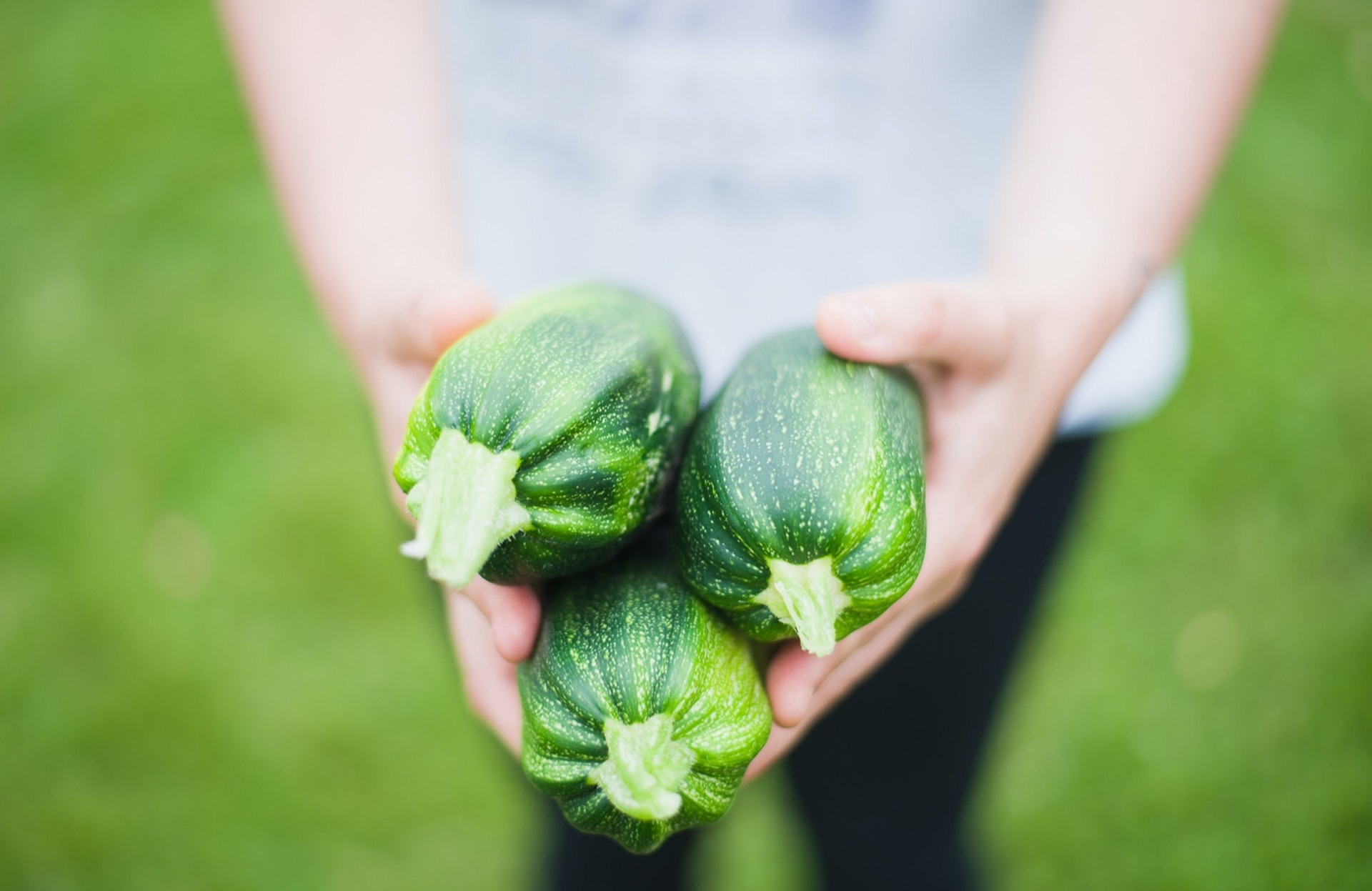How to Incorporate a Vegetable Garden into Your Denver Landscaping
June 18, 2020
If you’re like most homeowners, your landscaping is in place to make your yard and your home look more appealing and gives you the chance to create an outdoor paradise your entire family can enjoy. That doesn’t mean you can’t make your landscaping productive. Adding a vegetable garden is a great way to get the kids involved while giving you a chance to save on your weekly grocery bill. You just need to know where to start and how to incorporate your garden into your existing Denver landscape design without taking away from the features you already love. Here are a few tips to help.
Incorporate Veggies Into Existing Planters
Did you know that kale comes in many different varieties and can easily double as a decorative plant? The same holds true for lettuces, chard, and even cabbages. Look at your existing planters and see if you have empty space that can serve as a good spot for your new leafy greens garden. You’ll be planting food both for your family to enjoy and for passersby to admire. Even better, you’re able to harvest leafy greens by the leaf. You won’t have to remove the whole plant anytime you want to add kale to a smoothie or eat a fresh salad.
Set Aside a Designated Garden Area
The easiest way to create a thriving and beautiful vegetable garden is to build a designated garden space in your yard. This may mean removing some of your existing landscaping features or repurposing part of your lawn to accommodate a raised garden bed. If you’re just starting out, it’s okay to keep things on the small side. Try it out for a season and if you love it, you can always expand your garden bed to make room for more plants. If you have to remove your existing landscaping features to make room, don’t panic. It may be possible to simply move them to a new spot in the yard.
Opt for Potted Plants
Vegetable gardens don’t have to take up a big part of your yard or be permanent additions, especially if you’re not sure you’re going to enjoy having one. Instead, consider potting several types of vegetables in several pots. As a general rule, you’ll want to use larger pots for larger vegetables like tomatoes, eggplants, and cucumbers. You’re free to move those pots around the yard as needed or transfer them into a sunny room indoors if you’re worried about heavy rains or those freak afternoon hailstorms.
Veggie Gardens Can Be Fun
Building a vegetable garden doesn’t mean completely getting rid of your existing landscaping. With a little creativity and innovation, you’ll be able to incorporate vegetables into your current design with ease. If you find that you love having a backyard veggie patch this year and want to make a more permanent solution, don’t hesitate to schedule a consultation with our team. We’ll work to help you create the ideal garden space that blends in and complements your landscaping.
Incorporate Veggies Into Existing Planters
Did you know that kale comes in many different varieties and can easily double as a decorative plant? The same holds true for lettuces, chard, and even cabbages. Look at your existing planters and see if you have empty space that can serve as a good spot for your new leafy greens garden. You’ll be planting food both for your family to enjoy and for passersby to admire. Even better, you’re able to harvest leafy greens by the leaf. You won’t have to remove the whole plant anytime you want to add kale to a smoothie or eat a fresh salad.
Set Aside a Designated Garden Area
The easiest way to create a thriving and beautiful vegetable garden is to build a designated garden space in your yard. This may mean removing some of your existing landscaping features or repurposing part of your lawn to accommodate a raised garden bed. If you’re just starting out, it’s okay to keep things on the small side. Try it out for a season and if you love it, you can always expand your garden bed to make room for more plants. If you have to remove your existing landscaping features to make room, don’t panic. It may be possible to simply move them to a new spot in the yard.
Opt for Potted Plants
Vegetable gardens don’t have to take up a big part of your yard or be permanent additions, especially if you’re not sure you’re going to enjoy having one. Instead, consider potting several types of vegetables in several pots. As a general rule, you’ll want to use larger pots for larger vegetables like tomatoes, eggplants, and cucumbers. You’re free to move those pots around the yard as needed or transfer them into a sunny room indoors if you’re worried about heavy rains or those freak afternoon hailstorms.
Veggie Gardens Can Be Fun
Building a vegetable garden doesn’t mean completely getting rid of your existing landscaping. With a little creativity and innovation, you’ll be able to incorporate vegetables into your current design with ease. If you find that you love having a backyard veggie patch this year and want to make a more permanent solution, don’t hesitate to schedule a consultation with our team. We’ll work to help you create the ideal garden space that blends in and complements your landscaping.
